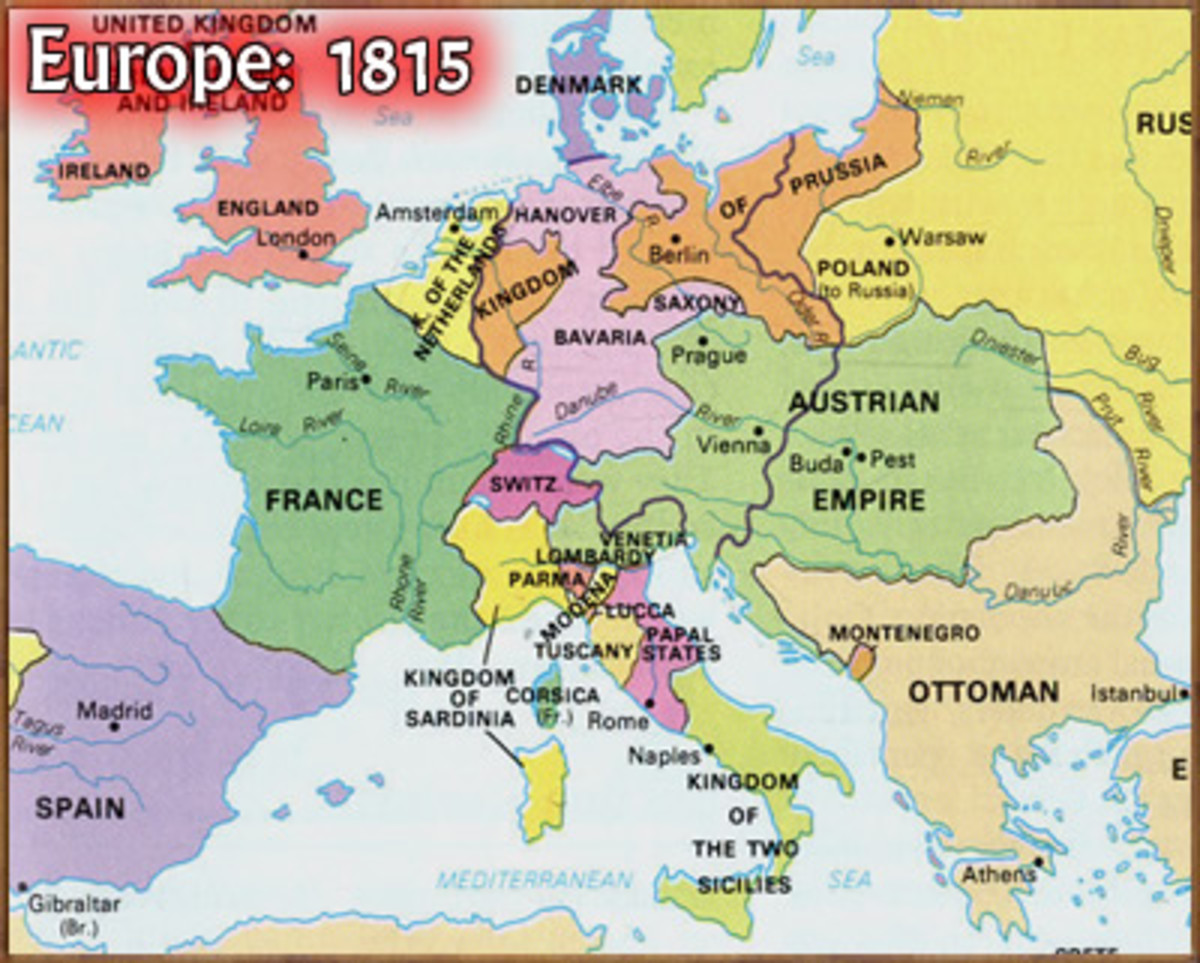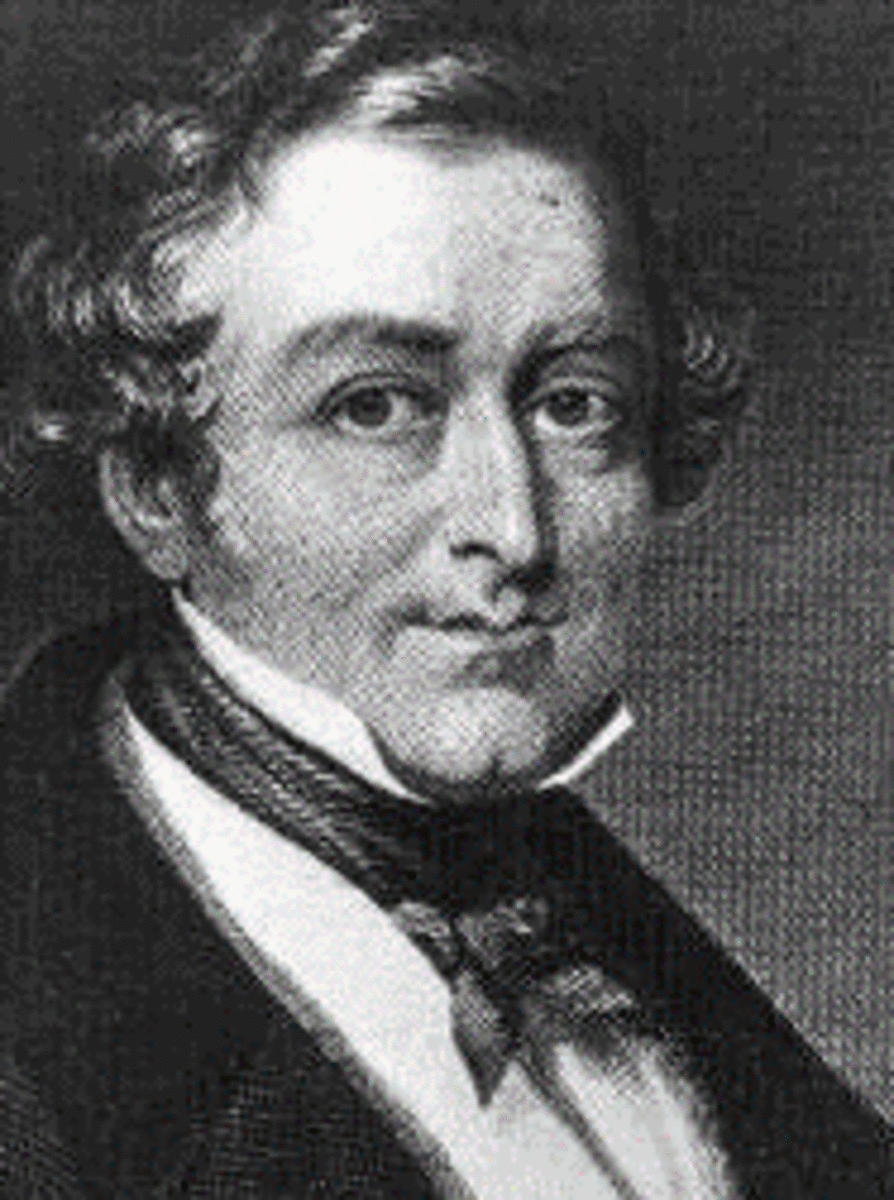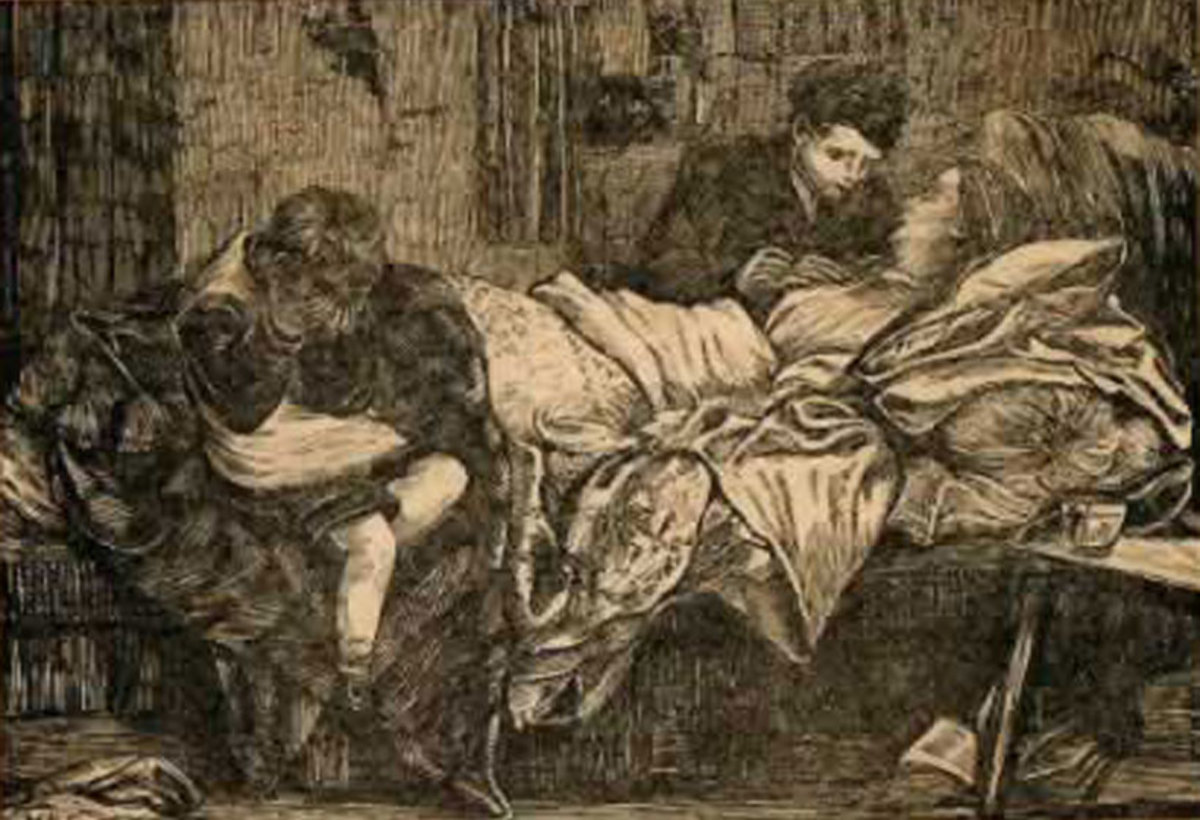- HubPages»
- Education and Science»
- History & Archaeology»
- History of the Modern Era
Impossible Technologies of the 19th Century
In the 19th century, the streets in cities were illuminated by oil lamps, and people were traveling in horse-drawn carriages. Could high technologies exist at that time? Let’s review several amusing examples that were far ahead of their time.
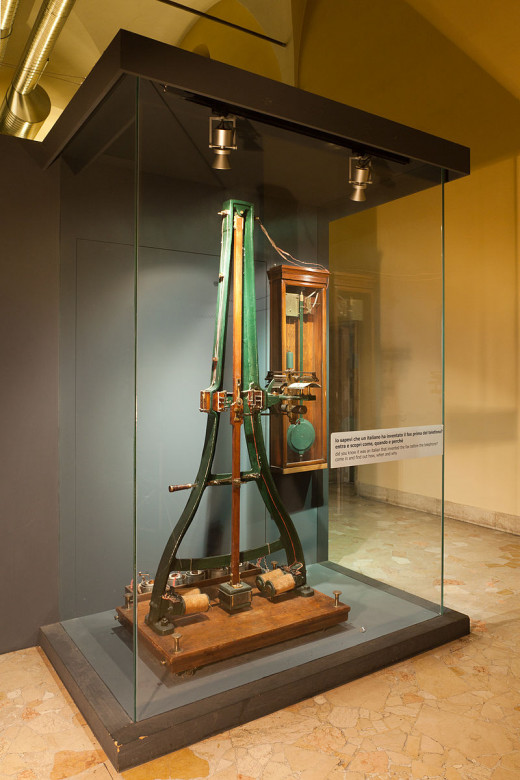
In 1856, an Italian physicist Giovanni Caselli unexpectedly invents a mysterious device – Pantelegraph. The purpose of this technical wonder was to send static images to a remote receiver with the help of special signals. The device was able to scan images, generate a chain of electric signals on their basis, and transfer the picture to the receiver. The second device would receive signals and transform them back into the image on a piece of paper. The inventor used telegraph lines that were so common at that time to transfer pictures. This technology spread very quickly. In 10 years, all large cities of Europe, Great Britain, and Russia formed a web of lines using which they could send static images and receive them. Just like fax today.

The problem is that the character of the inventor Giovanni Caselli is very questionable. We don’t really know if he was a professor of physics or a monk. There are very mysterious and unexplainable events in his biography. When he was young he lived in a village and studies theology preparing himself for the church service. In 1836, Caselli became a catholic priest. He didn’t have any connection with physics, and the next decades he spent in church.
Suddenly, in 1849, an unknown priest Giovanni Caselli got the position of professor of physics at the University of Florence. The most interesting starts from here. According to the official version of his bio, he started studying physics and other natural sciences only after he became a professor at the university. And his tutor was a famous physicist and inventor Leopoldo Nobili.
Isn’t it weird? A catholic abbot gets a job in the university in advance, but to live up to the trust he has to study from a famous physicist. The trouble is that the personality of his tutor is also doubtful. Leopoldo Nobili really was a famous physicist, and theoretically, he could teach in the University of Florence. But only until 1835. Why? Because he died in 1835. This means that there was no way Nobili could teach Caselli in 1849 unless he rose from the dead.
Maybe there are no mysteries in this story but blunders on behalf of the authors who wrote Caselli’s biography. But still, there is one undeniable fact. The technology of scanning and transferring images analogical to the technology we use for sending information to the internet existed in the 19th century even before the wired telephone was invented. Pantelegraph was publicly presented to Napoleon III in 1856. In 1861, the device was patented in France and the United States. We even know the patent numbers: #2532 and #37563. Later, similar patents were obtained in Italy and Russia. But the pantelegraph was not the only device able to transfer images to remote distances.
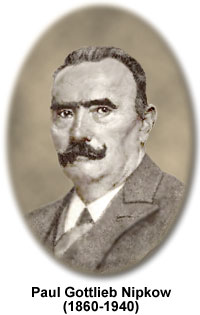
In 1884, a German engineer Paul Nipkow patented a device that could send moving images through telegraph lines. Not some static pictures on a piece of paper but live and dynamic projections. This device was able to scan and show images in real-time. It was a spinning disc with holes of the same diameter located at equal distance from each other. An optical lens would project the image on the spinning disc. A neon light behind the disk shining through holes would create the scan lines of the moving image. In simple words, this device was sending a video by wires in real-time. Of course, the quality of the monochrome picture was not ideal. And the system was able to recognize only 200 lines, but that’s enough to receive a more or less distinguishable image. This fairy-tale technology existed long before the Lumiere brothers invented cinema.
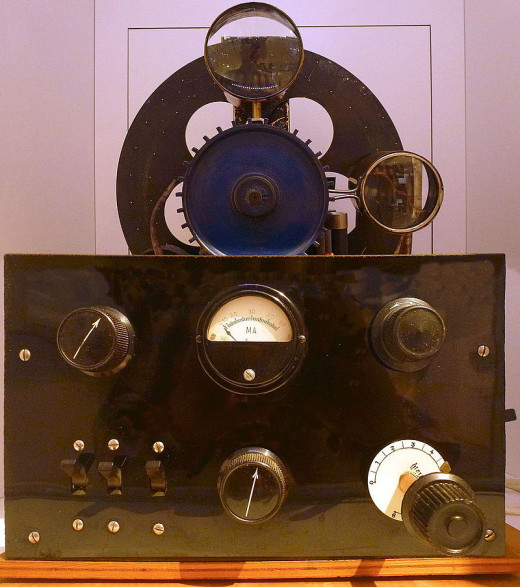
Today, we call this device a Nipkow Disc or Nipkow TV. The principles developed by Nipkow lie in the base of all modern video equipment. In the 1920s, the technology became foundational for the first steps of television itself. It may sound odd, but many people in Germany in the 1920s had TV sets at their houses. And the Olympic games of 1936 were aired on TV.
The Nipkow Disc was also used for the mechanical record of videos on vinyl discs. They even invented a device called Silvatone which basically was the first video player. It could play and record video discs. But the device did not become popular, and the technology of using vinyl discs was forgotten until the end of the 20th century.
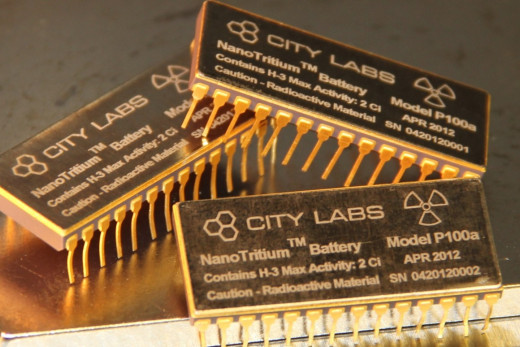
What are the possibilities of modern batteries? One of the most special batteries was presented by City Labs company in 2013. The US-based company designed a unique battery – Nano Tritium. The developers claim that this battery can operate continuously for 20 years. But it has two significant shortcomings. It is based on nuclear power generated by the radioactive breakdown of lithium. And its power is so small that the battery is able to feed only small sensors and chips. Though, the lifetime of the battery sounds fantastic – the whole 20 years. For modern power sources, 20 years is quite a term. But what about 200 years old batteries?
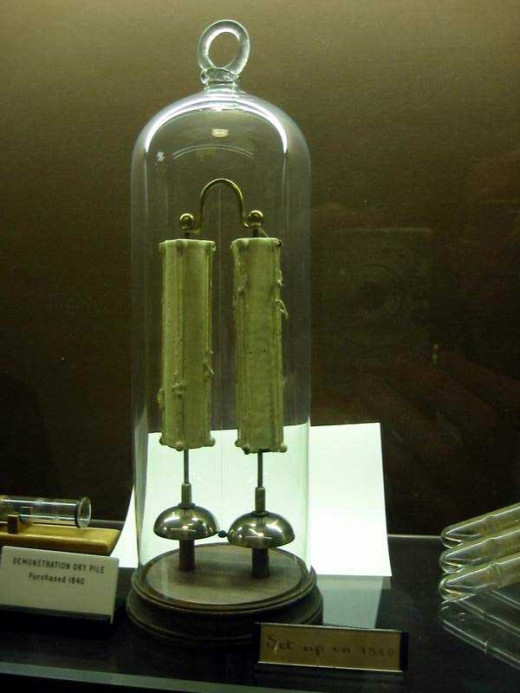
In 1840, a primitive electric device was invented staffed with two mysterious power elements. These batteries allow the device to work constantly without any recharge until now. The device is operating for 180 years. It’s an experimental electric bell which was developed specifically for the Oxford University laboratory in 1840 by Robert Walker. The device consists of two brass bells in the middle of which a metal ball is hanging on a thread. It hits each bell with an oscillation frequency of 2 hertz. The device is powered by two old batteries. Immediately after their production, the batteries were sprinkled by sulfur to be hermetic. Still, nobody knows how they work. Amazing, but the fact is that those batteries power the bell for almost 2 centuries, and we can only guess how long they will last.
If people were able to design such devices at the dawn of the electric era imagine the world they lived in, and what miracles didn’t reach our days just because they were not in benefits of governments, corporations or other mystical forces hidden in the fog of history.

